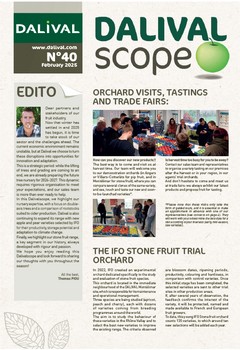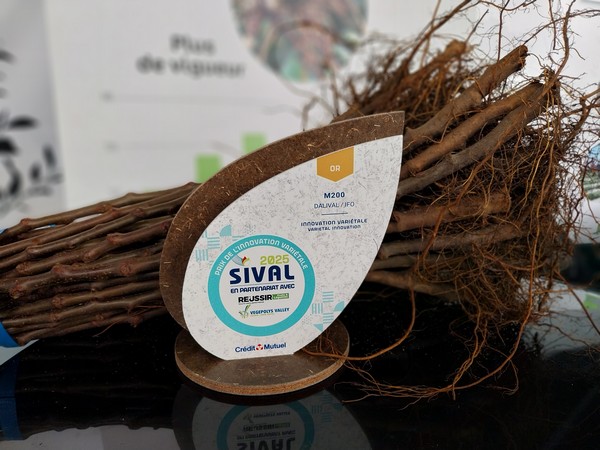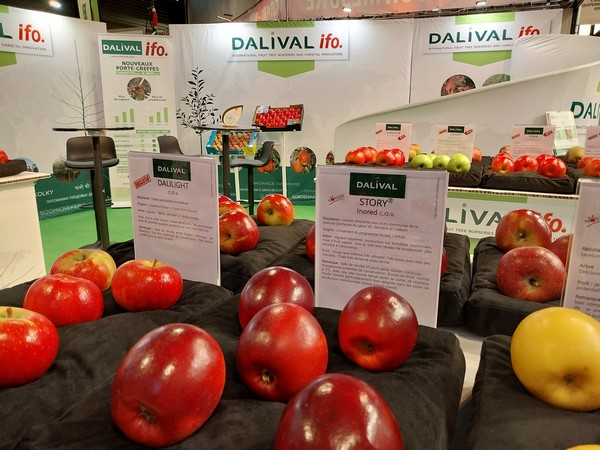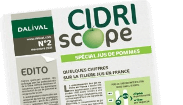 Nous contacter
Nous contacter
Phytosanitary certificate / plant passport
THE CERTIFICATE AS A QUALITY GUARANTEE
The certificate guarantees:
- The absence of degenerative diseases: viruses, viroids, phytoplasm…
- The authenticity of the variety: i.e. compliance with the standards laid down in the Official Catalogue
- Compliance with European regulations: phytosanitary passport and European agricultural conformity.
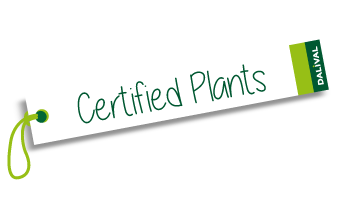
INRA / CTIFL CERTIFICATE
The “Official certificate” is placed under the authority of the French Ministry of Agriculture, together with INRA, CTIFL*, the National Plant Protection and a commission of fruit growers and nurserymen. The following is necessary to produce certified plants:
- Certified rootstocks and graftwood material
- Strict specifications
The chosen plots must fulfil precise criteria and they are subject to regular controls in order to determine the authenticity of the variety and the sanitary state during the production. Each certified tree has an individual numbered label. Label compliance is controlled before lifting the trees from the nursery.
Several years are necessary to set up the certification process for the new varieties. Therefore new varieties are not certified INFEL.
| *The CTIFL: |
| In cooperation with French and international research centres, as well as regional experimentation stations, the CTIFL researchers carry out practical research works and report on technical and technological advances to professionals: |
|
|
|
|
|
|
|
Research
Discover IFO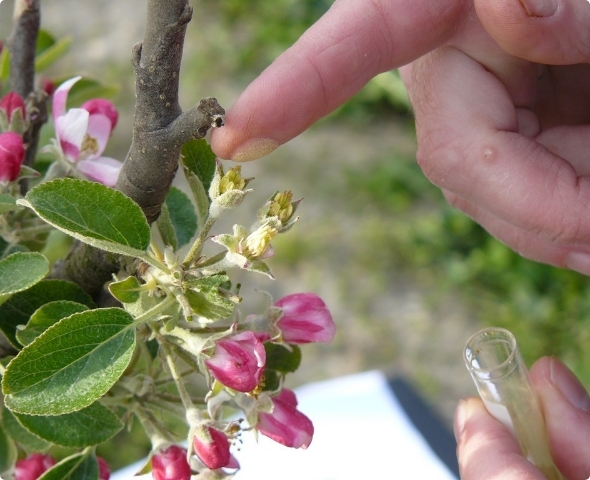
News
SEE ALL THE NEWSRequest Quotation - Trade fair SIVAL 2025
 English
English Français
Français Deutsch
Deutsch Español
Español Italiano
Italiano Русский
Русский Polski
Polski

